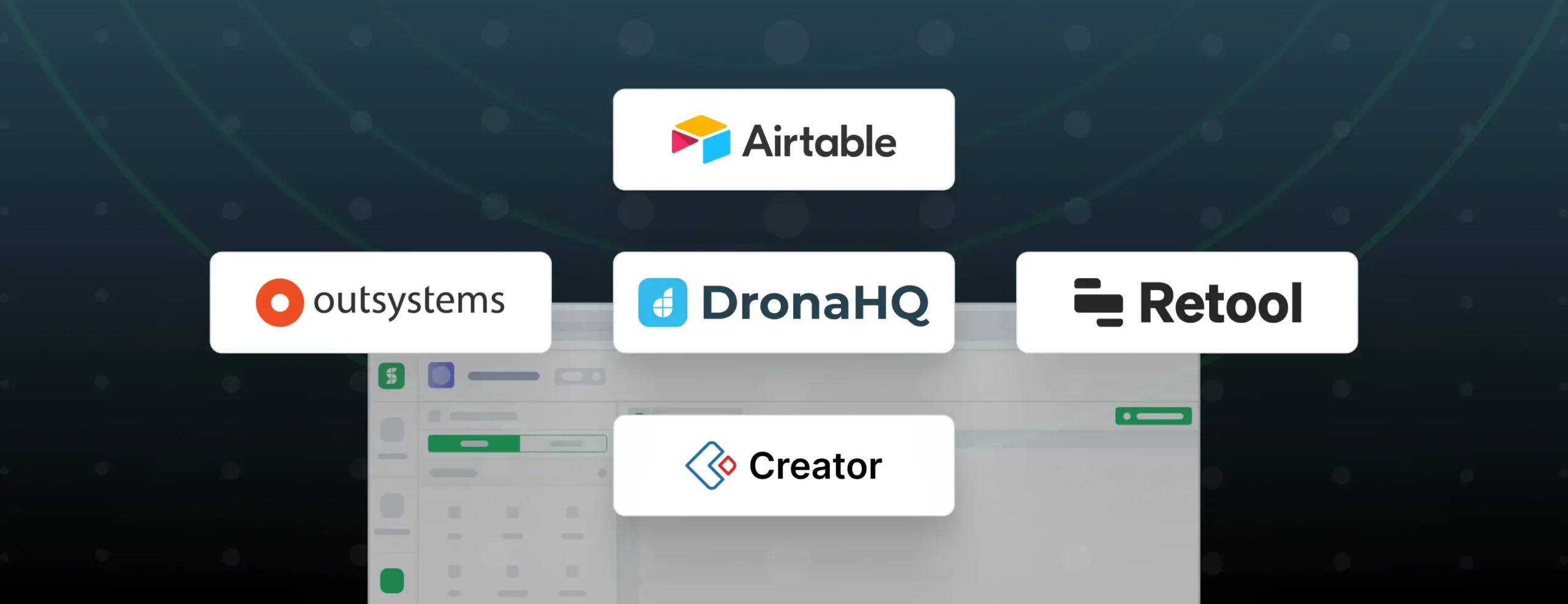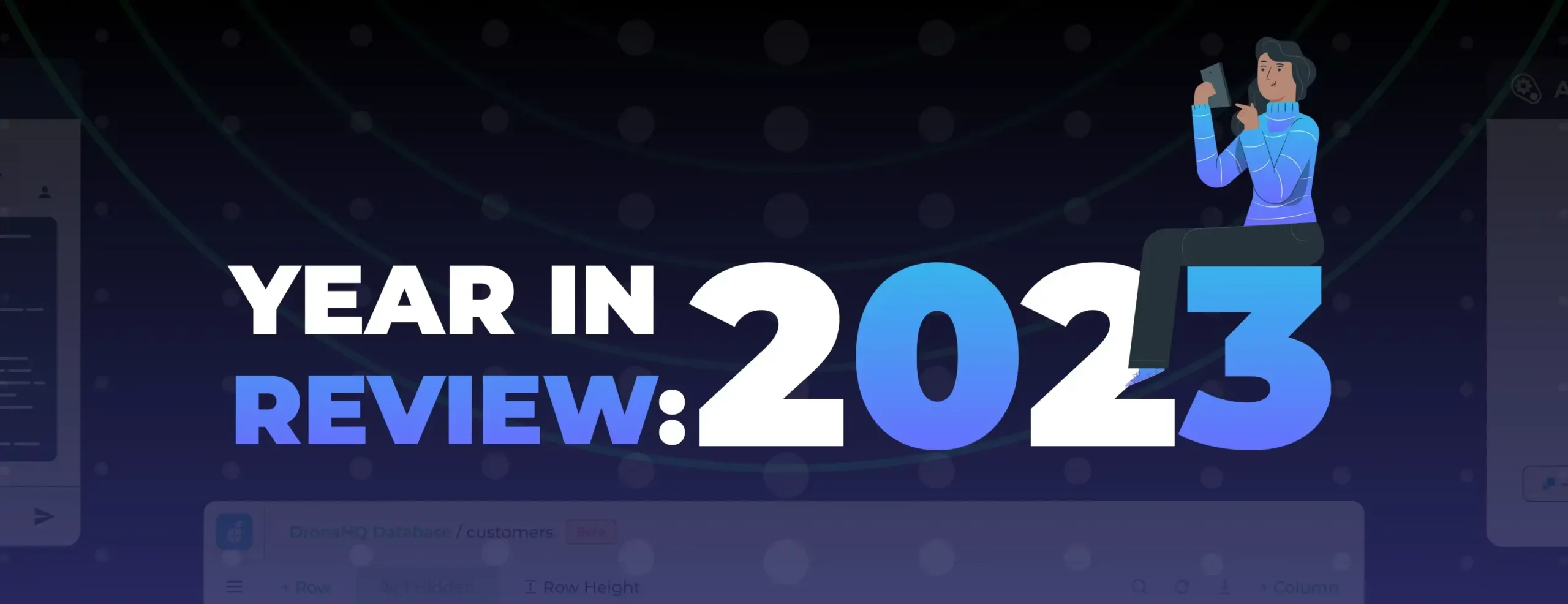

Understanding what data integration connectors are in detail
What you need to know about integration connectors
What is an Integration connector?
Connecting to a third-party application that you use in your everyday work like Gmail, Google Docs and Sheets, Slack, Trello, JIRA Software, Google Calendar, etc using APIs helps in automatically fetching data to your app. The handy tools or interfaces that help you connect to multiple apps by just filling in the required details is known as the integration connector.
Imagine conducting an email campaign to send out bulk emails through your app to your leads or prospects. The traditional way might be creating a whole lot of APIs to your code, but by using integration connectors you just need to fill in the details like account name, OAuth to CRM (if connecting to CRM) to create a connection between two or more apps. And it will be ready to fetch details and perform actions such as fetching user names or sending out emails.
Why are connectors for integration important?
Integration connectors play an important role in functional and strategic areas of business. Businesses might need to connect their applications to different applications for different sources of information, for example, eCommerce websites need to connect with [A] Databases to fetch the data for products and customers, [B] it will need to connect to a payment gateway for processing the payments, [C] to a CRM to manage sales leads, or to a [Dashboard] for tracking the order which will need to be fetched from a third party logistics company.
Building microservices for all these processes will take a lot of time and resources, instead connecting to these apps using an integration connector reduces the time taken to integrate.
Benefits of using pre-built integration connector:
Faster production Compared to the time a person spends writing software codes, integration connectors takes relatively less time. The time saved can thus be devoted to other development activities.
Cost reduction You will reduce the cost of working time. By investing the time saved, you can improve the app by adding unique features. So you can start with a modest but useful project and make it bigger and better.
Combining better features By leveraging third-party integrations, you’ll incorporate cutting-edge features into your app. It should be appreciated that independent software developers are experts in a particular field and the solutions they offer are flawless. So by integrating their software solutions into your application, you get the benefit of presenting world-class features to your customers.
Smooth developer experience Linking third-party applications using integration connectors is easy as filling out a form with just the right details.
What is the role of connectors in integration?
Integration refers to connecting applications so that data from one system can be accessed by another. However, integration involves a third party known as, middleware that translates the data and makes it understandable to the receiving system. And integration platforms can do much more than just map data; they can add sophisticated logic and orchestration to control application interaction.
However, integration cannot work without the ability to connect to applications and data sources. And the code needed to create reliable connections can be complex and time-consuming to maintain.
This is why most integration platforms offer connectors. They connect the entire business ecosystem together. Together with integration, they solve complex workflows and automate critical processes.
DronaHQ provides you with 100+ ready connectors which allow you to connect various databases, saas applications and many more by just entering a few details! Try now
What kinds of connectors do businesses need?
There are various types of connectors which vary as per the business requirements. Let’s list some of them here:
1. Cloud connectors: The number of applications in the cloud has exploded. And as businesses move to the cloud, customer, sales, and product data become splintered across cloud and on-premises systems. That can make it difficult to get a single view of your product inventory, your customers, and your sales status.
2. IoT device connectors: It’s not just the cloud where new data sources are emerging: with IoT (internet of things), you can receive and send data from “things” such as windmills, industrial machinery, and many other devices.
3. Application connectors and database connectors: With the help of APIs of databases such as MongoDB, MySQL and applications like HubSpot, Trello, Airtable, etc it becomes easy to use there system without the need of building such complex systems.
4. B2B connectors: when working with partners, many of the protocols and standards must be strictly adhered to. Standards like SWIFT, for example, ensure the exchange of financial information is reliable and secure between partners. Many workflows require data coming from one area, such as IoT, to be processed and handed off to another, such as core business processes. For example, data from a windmill may kick off a workflow that alerts a company to operational issues through an internal notification system. Payment from a partner via SWIFT is only part of a full transaction that ends with updating internal financial records in the business. If you don’t have a pervasive connectivity platform that allows you to connect to all of your systems and data, wherever they are, your automation capabilities will be limited.
Things to consider when using connectors
1. It is vital to track the usage of your connected application, sometimes they charge using consumption-based metrics.
2. Cloud infrastructure providers like AWS often charge for transmitting data. Compressing and caching service requests to minimize the cost of data in the cloud can help businesses save money.
3. Security is a crucial requirement when transmitting both business data and customer data. Support for a broad spectrum of security policies, signatures, and encryption is essential to ensure you can protect your services and data.
4. Many businesses have custom systems that deliver their differentiating products and services. Creating your own custom connector that runs on an enterprise connectivity platform can enable you to link custom systems into automated workflows and processes easily.
5. As SaaS applications, on-premises applications, devices, and other systems change, packaged connectors can stop working. Ensure your connectors are maintained across versions so you can upgrade your applications without risk.
Conclusion
Integration connectors make it easy for developers to connect their applications with other applications/databases to fetch or store information. It reduces the work of building a whole ecosystem which would have taken a lot of time and resources to build.
DronaHQ provides end-users with 100+ ready integration connectors which allows you to store or fetch data from various different sources. Connect your application with databases like Snowflake, MongoDB, Supabase and build robust apps quickly.



